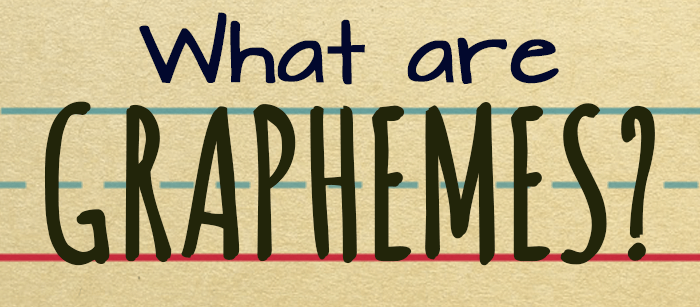
What are Graphemes?
A grapheme is a written symbol that represents a single phoneme (sound). Graphemes can be a single letter, a pair of lettters (digraph), or three letters (trigraph). You can even use four letters, such as 'ough' in dough, which are called quadgraphs, which I think sounds goofy.
Grapheme Examples
b
c
d
e
f
g
...
ea
oa
oo
ck
ng
sh
th
ure
dge
gue
tch
eigh
ough
ngue
We combine graphemes to spell words. There will be one grapheme for every phoneme in a word.
Examples
But What About Silent E Words?
'Silent E' words are using digraphs! The digraph is split up by another letter, but it is still just two letters that represent a single sound. For example, the digraph 'ie' represents a single sound in the word 'pie' ( ), and so does the split digraph 'i_e' in the word 'pine' ( ).
Teaching Kids Graphemes Can Be Tricky
Our brains are setup to know that when you look at objects from a different angle, it's still the same object. For example, look at this image of a chair.
If you flip the chair to face the other way (horizontally) or upside down (vertically) or both, then ask little three-year old Jenny, 'What is this?' Jenny would say it's a chair.
So what happens when Jenny looks at these letters?
Jenny will often mix up these letters because they're the same shape just flipped or rotated in a different direction. When teaching writing we need to tell Jenny that 'b' flipped horizontally ('d') is actually a whole different letter. It represents a different sound!
Combine Graphemes and Phonemes to get Reading
Graphemes are half of the puzzle of reading. The other half is phonemes: the sounds that graphemes can represent.
However, the really sneaky thing is that graphemes can be used to represent different phonemes, such as how the letter 'a' can represent many sounds , , , or . This is where correspondences come in. They bridge graphemes and phonemes. Learn more in our article about correspondences!